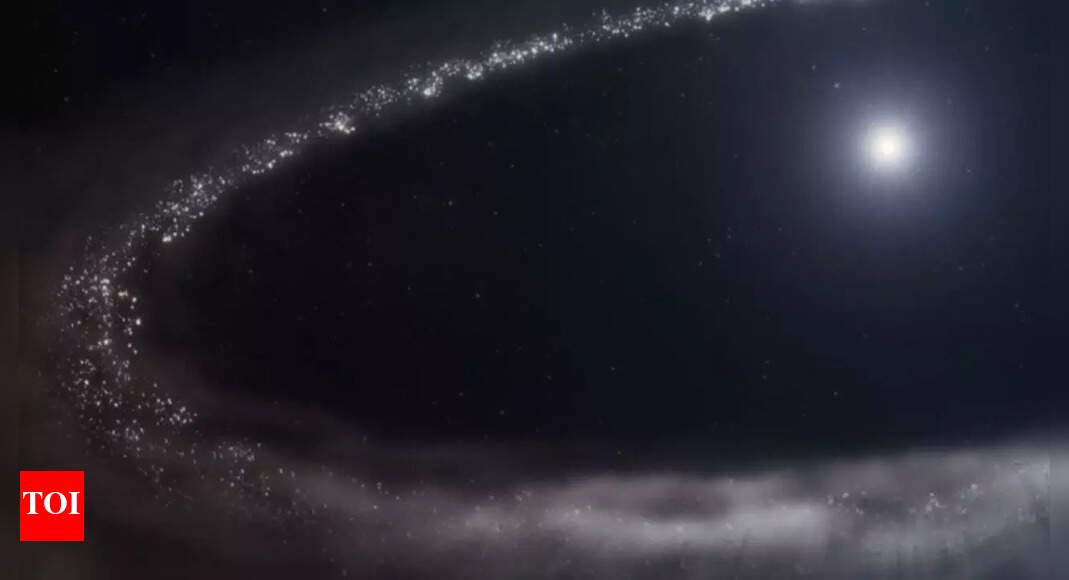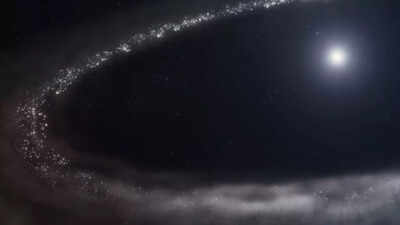In a historic finding, scientists employing NASA’s James Webb Space Telescope (JWST) have made the first definitive detection of crystalline ice water in a distant young star system. While ice water is widespread in our solar system, this is the first time that frozen water has been detected outside of it. The discovery gives important clues about the makeup of far-off planetary systems and the possibility of water, one of the main ingredients of life, being present elsewhere in the universe. This discovery may have great significance for our understanding of planet formation and what is required for life beyond our planet.
James Webb Space Telescope finds frozen water around a distant star
The find, documented in the journal Nature, explains how there is ice in a ring of dust that is a circle around a star called HD 181327, which is located about 155 light-years from our Sun. HD 181327 itself is just 23 million years old and thus much younger on a cosmic scale. It is identical in every way to the Sun but is infinitesimally hotter and heavier. What’s most remarkable about this find is the resemblance of its debris disk to our own Kuiper Belt, that frozen halo of worlds beyond Neptune. Webb’s keen infrared eyes detected a gap in disk and star, something that reflects the makeup of our solar system and implies planet building is in progress.JWST did not directly observe any water ice, but it made a detection of crystalline water ice, the same kind of ice that exists in Saturn’s ring system and Kuiper Belt objects. This kind of ice suggests a very well-organized internal structure, usually formed with specific temperatures and pressures.“HD 181327 is a highly active system,” Xie explained. “It has intense, periodic collisions within its debris disk. When the icy objects in it collide with one another, they break apart into extremely fine particles of dusty water ice that are the perfect size for Webb to detect.” Those ongoing collisions resupply the ice particles so that they can be detected even at very far distances.
James Webb’s discovery of water ice in HD 181327 sparks new insights
The find has wider implications for our knowledge of how planetary systems are formed and evolve. The uneven distribution of the ice—most of which is found in the colder outer areas—also lends support to current models of planetary formation. In the disk’s middle areas, scientists discovered that water ice accounted for approximately 8% of the material, indicating a balance between ice formation and destruction. This may suggest a cosmic pattern in the formation of planetary systems, reflecting the structure and dynamics of our own solar system. Previously, no telescope was able to spot such faint features directly in distant debris disks. The discovery opens new windows to studying the role of water in the formation of planets throughout the galaxy.Heartened by the find in HD 181327, scientists plan to look even farther afield for water ice in the next star systems. The results not only will greatly increase our understanding of where the universe’s life-supporting ingredients are located, but also how common they are in newly forming planetary systems.Also Read | What makes NASA’s spacesuit crucial for surviving in space and how it protects astronauts








